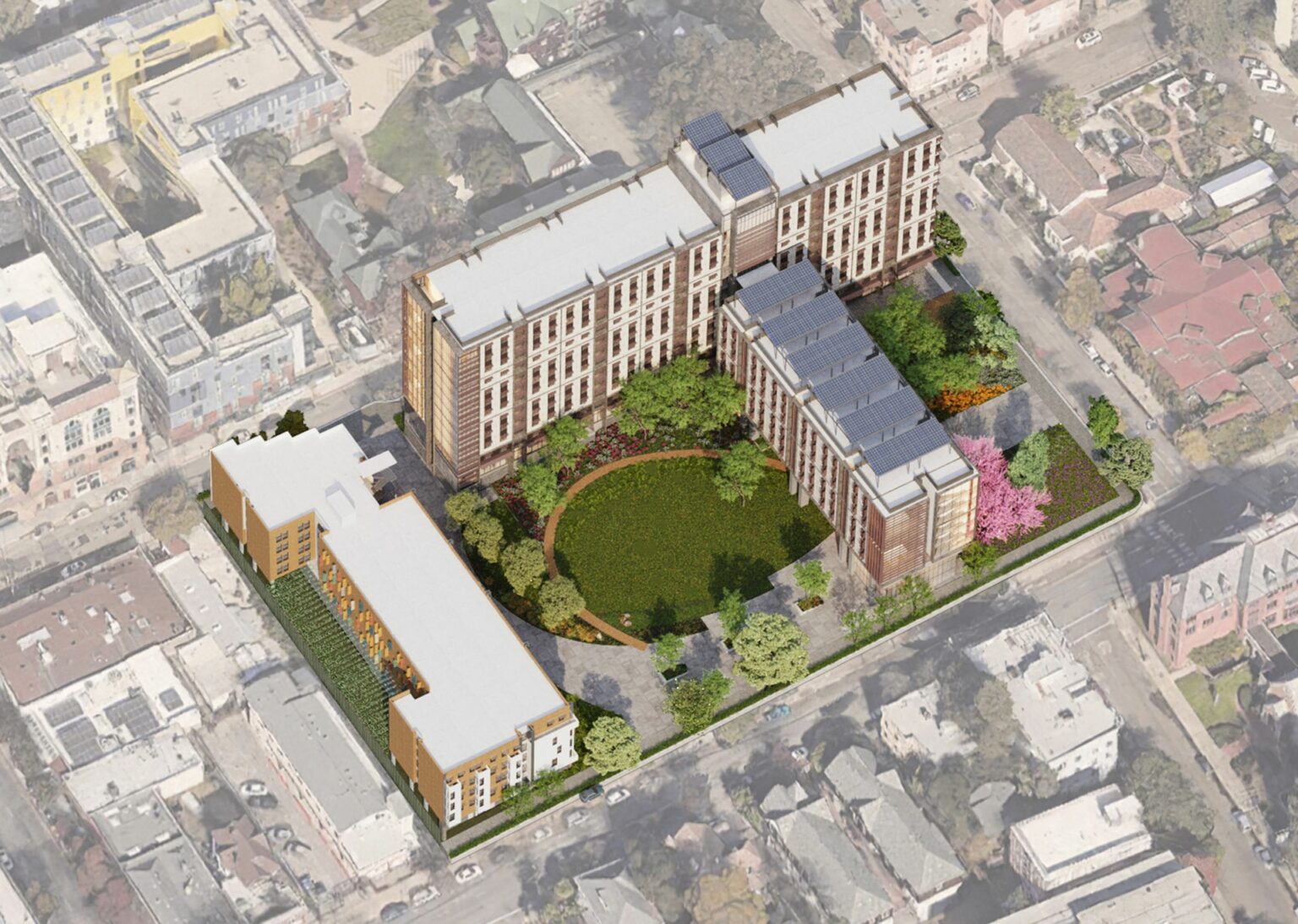

By David M. Greenwald
Executive Editor
Follow-Up Note on Affordable Housing
A note of clarification on the city’s goals for the affordable housing fund is that the city wants to have enough of a revenue stream so that the city is in a position to help an affordable housing project get some of the funding they need.
The way I would look at this is that the city might be able to help nudge a few extra percentage points on affordable housing.
The key here is that the city is not going to have enough revenue to BUILD affordable housing.
My purpose in pointing out the finance numbers both yesterday and previously was to demonstrate that an affordable housing fund is not going to suddenly fund housing—the construction of housing is way too expensive. Moreover, the idea that UC Davis could fund the housing instead of the city doesn’t make sense—they could fund it in addition  to the city.
to the city.
The bottom line: even for those of us on the left who fully support public housing, we really need private equity and enterprise to make housing work. The idea that public funding is going to build housing on a mass scale that we need is absurd.
The city would really need tens of millions a year in ongoing revenue to be able to do that.
Dan Walters and Chris Elmendorf Make the Case that Berkeley Could Help Fix CEQA
In a recent column, Dan Walters pointed out: “For years housing advocates have complained about CEQA’s misuse, and the state’s political leaders have only paid lip service to reforming it. Former Gov. Jerry Brown once termed an overhaul of CEQA as “the Lord’s work” but declined to take on environmental and union groups that invoke it.”
But he believes that “a new state Supreme Court ruling on a highly controversial housing project in Berkeley may move the needle on CEQA reform.”
Walters then cites UC Davis Law Professor Chris Elmendorf who believes, “The Supreme Court’s decision could have a much broader impact on the perennial debate over CEQA.”
Walters notes that Elmendorf posted a lengthy analysis on X, believing that “it undercuts the long-standing notion that CEQA trumps other regulatory laws.
“Future generations may look back on today’s decision in the UC Berkeley ‘social noise is pollution?!’ case as the turning point between Old CEQA and New CEQA,” Elmendorf wrote. “Old CEQA emerged from CA Supreme Court cases in 1970s holding that CEQA must be broadly construed to give the ‘fullest possible protection’ to the environment.
“The Court of Appeal relied on this maxim in holding that the ‘social noise’ of students is an environmental impact that must be studied and mitigated in context of a university housing project or long-range development plan.
“New CEQA is just an everyday statute, to be construed like other statutes. Be faithful to text, be reasonable, and heed the Legislature’s signals.
“When it comes to housing, the era of CEQA as ‘super-statute’ is, I think, over,” Elmendorf concluded.
Walters concludes: “It’s not the comprehensive overhaul of CEQA that’s been debated for years, but if Elmendorf’s legal analysis is correct, the misuse of CEQA has suffered a major blow.”
Maybe.
At the very least, the case forced the state legislature to pass a law that says that student noise isn’t a significant environmental effect. Even so, it appears that a NIMBY group can still bottle up housing for years even if ultimately they don’t prevail.


A half cent sales tax was passed in Davis in 2004:
Does that sound familiar?
But here’s where the tax revenue went:
Do you know who wrote this?
Well here you go:
https://www.davisvanguard.org/2010/01/vanguard-study-finds-that-previous-sales-tax-measure-went-largely-to-pay-for-fire-and-other-employee-salary-and-benefit-increases/
Another half cent tax was passed in 2014.
What’s your point?
Added information.
Sales taxes:
2004 – half percent
2014 – half percent
2024 – one percent
What’s your point? How does that have anything to do with my comment above and what you wrote in response to the “Vanguard Study” about the 2004 1/2% sales tax and how the revenue was spent?